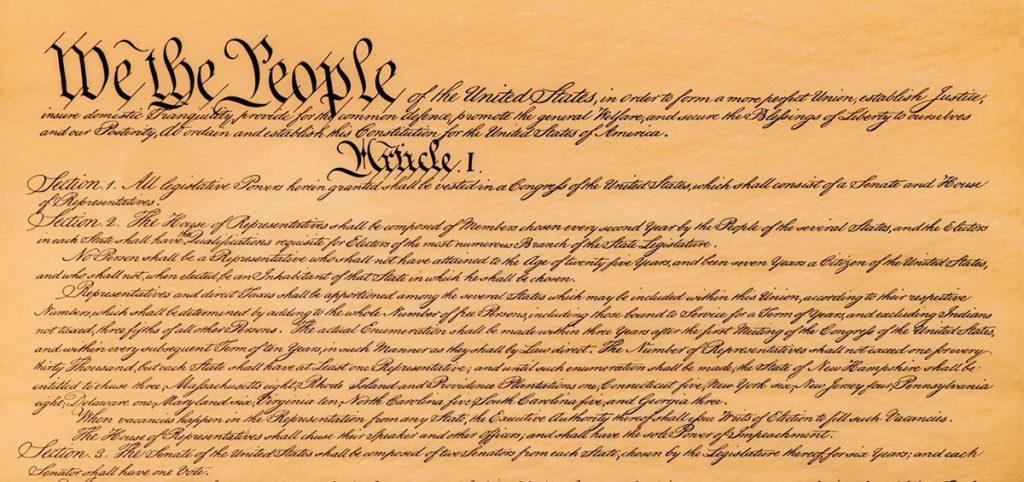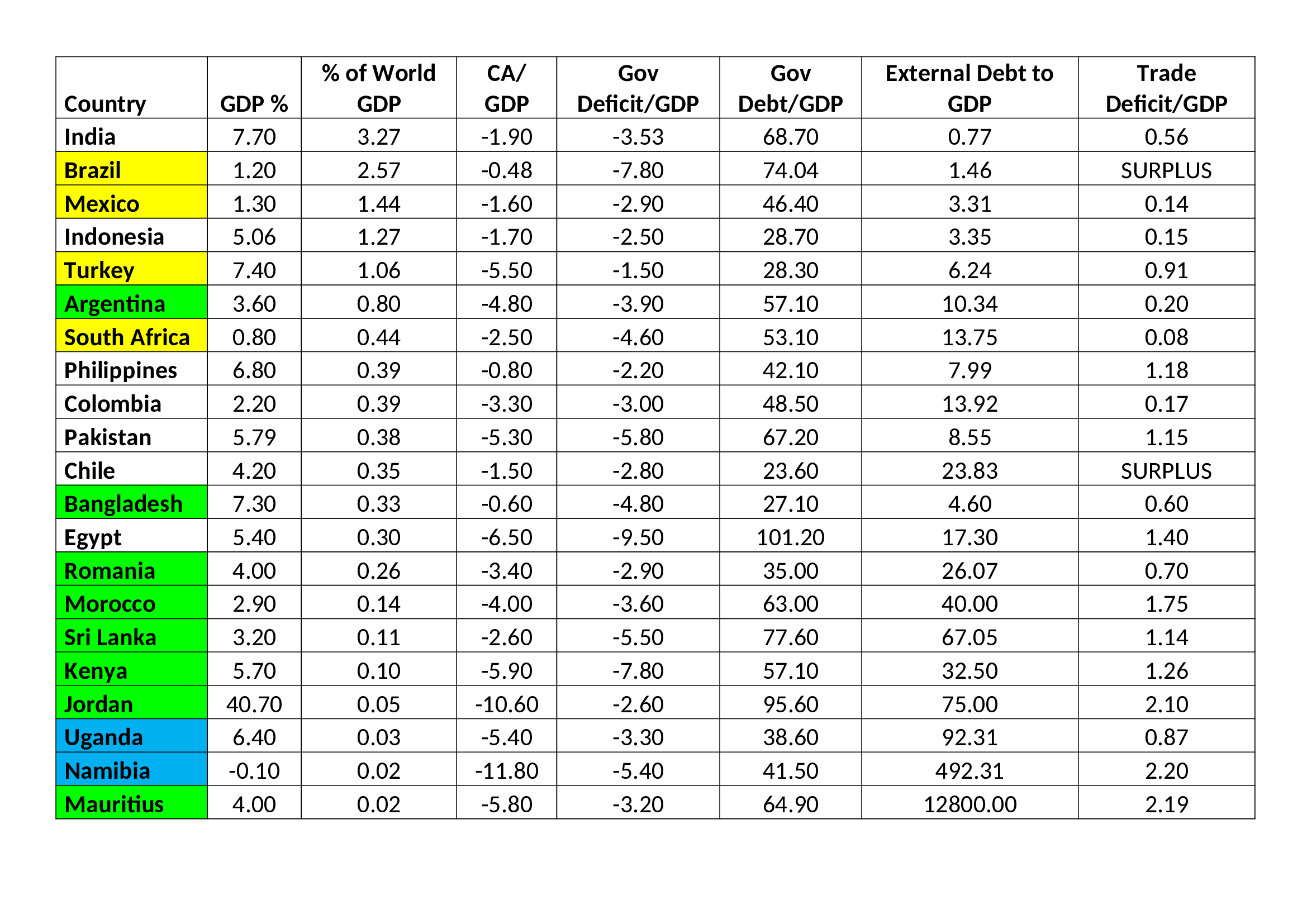“Negative interest rates are not the fault of central banks”
- Martin Wolf column for the Financial Times of 12 April, 2016.
From ‘Human Action’ by Ludwig von Mises:
“But then finally the masses wake up. They become suddenly aware of the fact that inflation is a deliberate policy and will go on endlessly. A breakdown occurs. The crack-up boom appears. Everybody is anxious to swap his money against “real” goods, no matter whether he needs them or not, no matter how much money he has to pay for them. Within a very short time, within a few weeks or even days, the things which were used as money are no longer used as media of exchange. They become scrap paper. Nobody wants to give away anything against them.
“It was this that happened with the Continental currency in America in 1781, with the French mandats territoriaux in 1796, and with the German Mark in 1923. It will happen again whenever the same conditions appear. If a thing has to be used as a medium of exchange, public opinion must not believe that the quantity of this thing will increase beyond all bounds. Inflation is a policy that cannot last.”
The masses, it seems, have been waking up for a while. Not only have we had state-sanctioned inflationism ever since the credit crunch, but the developed world’s central banks have done their best to destroy faith in money altogether. It turns out that hyperinflation itself wasn’t a necessary precondition for a crack-up boom – taking interest rates into negative territory was quite sufficient to trigger a rush into real assets.
Everybody loves the early stages of inflation, writes Jens O. Parsson in ‘Dying of Money’;
“The effects at the beginning of an inflation are all good. There is steepened money expansion, rising government spending, increased government budget deficits, booming stock markets, and spectacular general prosperity, all in the midst of temporarily stable prices. Everyone benefits, and no one pays. That is the early part of the cycle. In the later inflation, on the other hand, the effects are all bad. The government may steadily increase the money inflation in order to stave off the later effects, but the later effects patiently wait. In the terminal inflation, there is faltering prosperity, tightness of money, falling stock markets, rising taxes, still larger government deficits, and still roaring money expansion, now accompanied by soaring prices and ineffectiveness of all traditional remedies. Everyone pays and no one benefits. That is the full cycle of every inflation.”
Alasdair Macleod for The Cobden Centre points to the extreme overvaluation in equities and bonds worldwide:
“Because today’s price inflation is mainly confined to assets, no one worries. Instead investors rejoice in the wealth effect. Assets are excluded from the consumer price indices, so the danger of a fall in the purchasing power of money in respect of assets does not appear to exist. This does not mean that the problem can be ignored. But if the reason behind rising markets is a flight from cash, we should begin to worry, and that point in time may have arrived. If so, we should stop rejoicing over our increasing wealth, and think about the future purchasing power of our currencies.”
If you want to start a flight from cash, introduce negative interest rates – something that would be impossible within an unfettered free market. Make depositors pay for the privilege of being unsecured creditors to the banks. While you’re doing that, make sure – in the case of the EU – that your banking system remains unreformed and chronically undercapitalised.
Sadly for most economists and all central bankers, human nature is not as tractable as a policy rate. This leads the Wall Street Journal of August 8th to ask “Are negative rates backfiring ?”
Early evidence would appear to confirm the suspicion.
When the German greengrocer Heike Hofmann heard that the ECB was cutting rates below zero in 2014,
“she considered it “madness” and promptly cut her spending, set aside more money and bought gold. “I now need to save more than before to have enough to retire.””
The article also cites the example of Lasse Bohman, a 63-year old newsstand worker from Stockholm. Bohman
“said the concept of negative interest rates is “weird” and makes him want to save more for retirement rather than spend. “I am just going to keep on putting money in the bank,” he says, or “put it under the mattress at home.””
In December, Ms Hofmann used her Christmas bonus to buy two 10 gramme bars of gold. “She has since bought more and has put it, and every euro she can set aside, into a safe at home, saying she doesn’t trust banks. “Every time I check my savings account, it makes me want to cry.””
Note that Ms Hofmann is bypassing the banking system entirely – as she should. (The website Zero Hedge reported last week that the German economic research institute ZEW had found that Germany’s largest bank, Deutsche Bank, using US stress tests had a potential capital shortfall greater than its entire market capitalisation.)
The WSJ article also points out that consumers are saving more in Germany and Japan. In Denmark, Switzerland and Sweden, three non-eurozone countries that now have negative interest rates, savings are at their highest since 1995. It’s almost as if QE and ZIRP were having precisely the opposite effect to that which the central banks intended. The article also cites Hans-Gerd Wienands, CFO of the German industrial gas business Messer Group:
“This odd policy of negative interest rates hasn’t motivated us to invest more. On the contrary, it’s a signal that the economic situation isn’t improving.”
When deposit rates fall below zero, even as counterparty risks are rising, it is entirely logical to seek alternative homes for capital rather than sheltering meekly in cash. Bonds, unfortunately, do not make sense when their yields are also negative.
That leaves the world of listed equities as the major alternative tradeable asset class. But the awakening masses have been putting their money to work in the world’s stock markets for some time already, making most markets overvalued in the process. The pragmatic response to all of these challenges is surely to favour investments that still offer a margin of safety: shares in high quality but undervalued businesses, generating solid operating profits yet trading at attractive valuations. Which is precisely what we’re doing here.
And if you share our view that QE is now doing more harm than good to the UK economy, but is in fact actively detrimental to the interests of savers, investors and pensioners, please sign this petition to end it, and circulate to friends and family. Thank you.




The point about the current situation is well made.
We are in the LOW INFLATION TRAP – seen and explained on one page of my website – http://macro-economic-design.blogspot.com
This website page explains why the central banks, knowing that they must raise interest rates, are unable to do so – by anything much.
The lower they take interest rates the harder it gets.
This is why I am establishing the principles which must be followed in the design of the economy.
One of these is what has been mentioned above – free prices and free markets as Adam Smith would also support.
If invited to do so I will gladly write for readers of this site a short outline of the principles which are needed – especially those which would allow all prices to adjust to offset the falling value of money and the rising interest rates which are needed to get back to normal.
Unfortunately it is not possible or if it is possible it is not desirable to have a fixed value of money. It is entirely possible to have most prices including earnings, asset values, currency values, interest rates, and all goods and services enabled to adjust to offset the falling value of money. In that case people would be wholly unaffected as J M Keynes explained in his opening paragraph of his opening chapter in 1923 ‘ A Tract on Monetary Reform’.
That does not mean that prices will not adjust to anything else. If money were fixed in value all prices would adjust to many other things and that would continue to be the case. Prices would be higher than they otherwise would be – except cash, of course.
WHAT I FEAR MOST
What I fear most is that we are reaching a tipping point and that if this issue is not addressed all of the above fears will be justified.
I have an outline of how to get out of this mess. It is based upon fundamental pricing principles.
Would some of you readers be kind enough to contact me and to see what we can do to get this message across?
My contact details are near the top of my website.